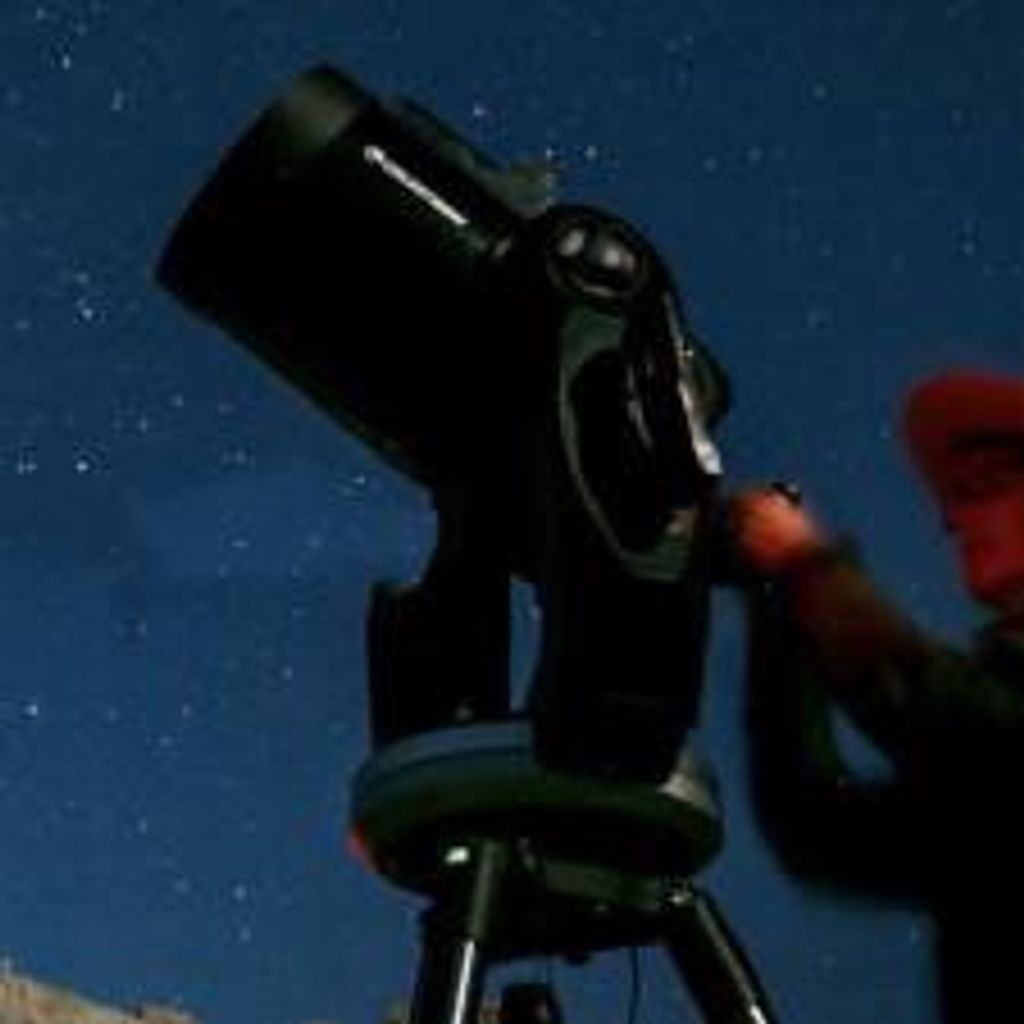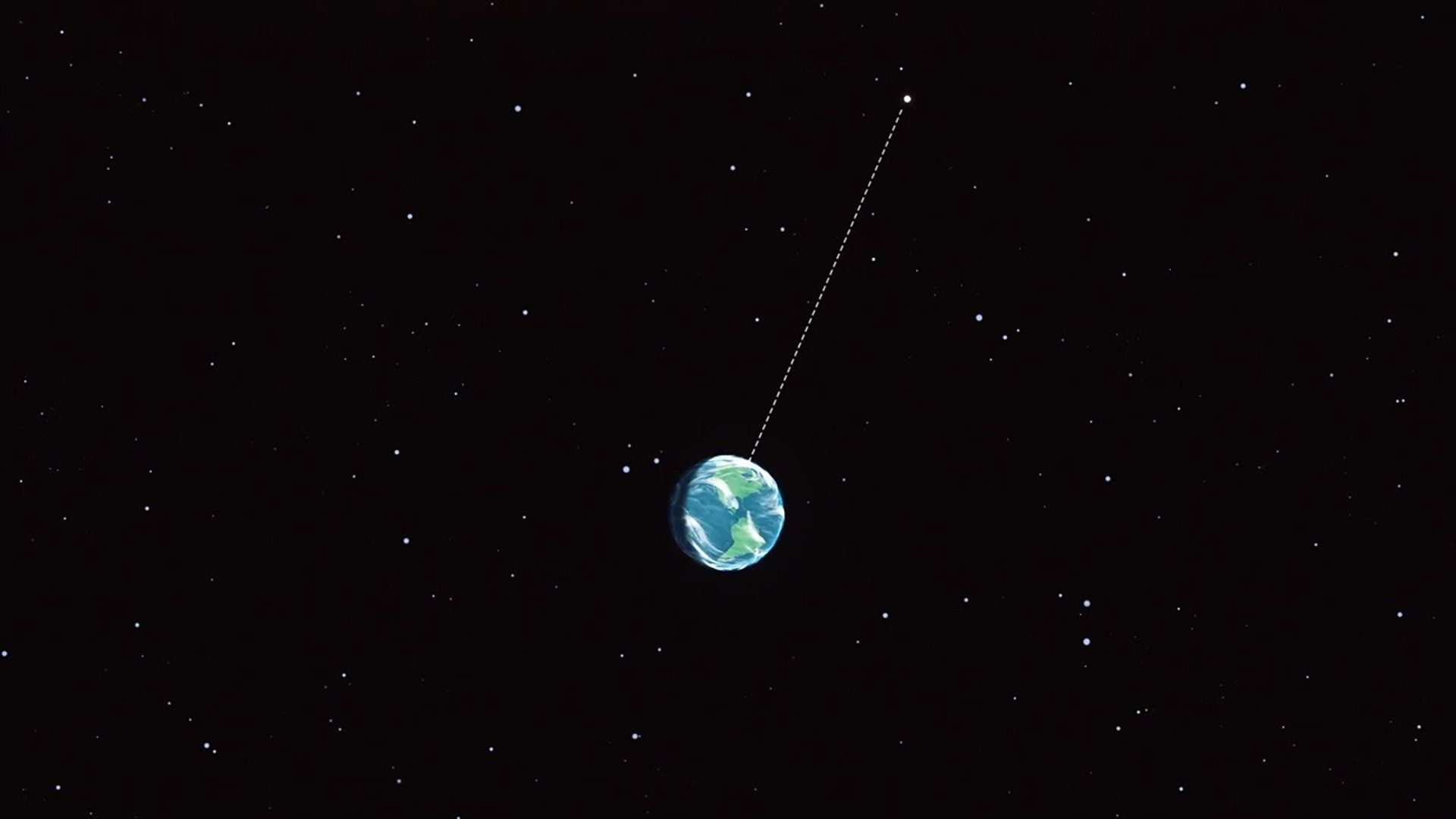What’s Up: April 2019 Skywatching from NASA
| Credit | NASA/JPL-Caltech (Presenter Voice: Jennifer Corbilla) |
|---|---|
| Language |
|
What can you see in the April sky? The Moon visits Mars in the evening, and later joins Saturn and Jupiter for a spot of tea. Also, how to find Polaris, the North Star.
Transcript
What's Up for April? Finding the North Star, and some nice sights at dusk and dawn.
The North Star isn't the brightest star in the sky. But it can help you find your way and orient yourself nonetheless. Polaris, known as the North Star, sits more or less directly above Earth's north pole along its rotational axis. This means Polaris doesn't move very far over the course of the night, while the rest of the stars sweep out big circles as they rotate around the sky.
Finding Polaris is easy on any clear night. Just find the Big Dipper.
The two stars on the end of the Dipper's "cup" point the way to Polaris, which is the tip of the handle of the Little Dipper, or the tail of the little bear in the constellation Ursa Minor. Once you're facing toward Polaris, you know you're facing north, which can help you orient yourself any evening you're out stargazing.
On April 8th, look low in the west after sunset to find the slim crescent of the four-day-old Moon with some companions (sky chart). To the right of the Moon is the Pleiades star cluster. Above and to the right is Mars. And above and to the left is the red giant star Aldebaran. By the next evening, the Moon has moved a bit higher in the sky and hangs here, above Aldebaran.
Near the end of April, the Moon pays a visit to Jupiter and Saturn for a spot of tea.
Currently, the solar system's two largest planets can be found near the constellation Sagittarius in the morning sky. Usually imagined as a centaur wielding a bow and arrow, Sagittarius also contains a fun little pattern of stars, called an asterism, that looks bit like a teapot.
On the 23rd, look south before sunrise to spy the 19-day-old, waning, gibbous Moon only half a degree (or half a finger's width) above Jupiter (sky chart). By the 25th, the Moon has crossed over the Teapot to Saturn, hanging a bit more than 1 degree below the ringed planet that morning. So if you're up early this week, raise your mug for these morning meetings.
Here are the phases of the Moon for April.
You can catch up on all of NASA's current and future missions at nasa.gov.
That's all for this month.
Download still images from this video, along with the transcript and the video itself at https://go.nasa.gov/2TQv4SG.
About the North Star
Polaris, also called the North Star, is a yellow supergiant star located about 400 light-years away in the constellation Ursa minor. It has two smaller companion stars, making it a triple-star system. It also varies in brightness, making it a special kind of star called a Cepheid variable star.
Its location above Earth's north rotational pole (or close to the north celestial pole) is pure coincidence. In fact, Polaris has not always been the north star; because Earth's axis rotates like a top (albeit very slowly), over thousands of years the pole points to different stars. Five thousand years ago, the north star was Thuban, while in 13,000 years, it will be Vega. But since the pole rotates in a circle, in 26,000 years it will point toward Polaris once again.
About the Phases of the Moon
Each month, the Moon goes through its complete cycle of phases as it orbits Earth and we see different parts of its surface illuminated by sunlight. You may already be familiar with the main lunar phases — new, first quarter, full and third quarter — and everyone knows what a crescent Moon is, but what do the terms waxing, waning and gibbous mean?
Waxing means the sunlit portion of the Moon that we see is growing from night to night. This illuminated area grows from a slim crescent to a first quarter Moon (a "half-moon" or semicircle shape), and then to a full Moon, waxing the whole time. Waning is just the opposite, where the Moon's visible sunlit area becomes smaller each night until it's a third quarter Moon (again a half-moon shape), and then a slim crescent, eventually disappearing to become a new Moon.
And gibbous? That just means the illuminated area we see is larger than a half-Moon shape, in between a semicircle and the full Moon's circle shape.
The lunar cycle begins with the new Moon and takes 30 days to complete, with the full Moon coming halfway through the cycle, on the 15th day. So a four-day-old Moon is four days past the beginning of the lunar cycle (which means it's a slim, waxing crescent), and a 19-day-old Moon is 19 days into the cycle (meaning it's four days past full and is waning, resulting in a gibbous shape).
About Asterisms
Asterisms are star patterns that are distinctive and easy to identify and remember. Some familiar asterisms include the Big and Little Dippers, the Summer Triangle and the Teapot. Asterisms are distinct from the 88 officially recognized constellations used for helping to locate objects in the sky.
Additional Resources
- Images of Jupiter and Saturn in this episode were taken by NASA's Juno and Cassini spacecraft. More about Juno at https://solarsystem.nasa.gov/missions/juno/in-depth
- More about Cassini at https://solarsystem.nasa.gov/missions/cassini/overview
- Information about all of NASA's missions: https://www.nasa.gov
- Additional astronomy & skywatching info from NASA's Night Sky Network: https://nightsky.jpl.nasa.gov.






























